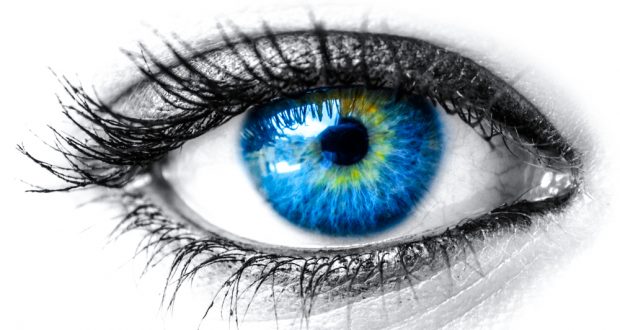By: Guest Author
Published: March 13, 2019
Written by Aaron Barriga – Guest Contributor
As we age, numerous changes happen to our eye structure – reduced pupil size, dryness etc.-that deteriorate the eye health. Studies have revealed that age related eye conditions and disorders are more common in women as they are more exposed to risk due to factors like longer life spans, hormonal changes and lifestyle choices. It is, therefore, important to understand different age related eye diseases prevalent in women, their symptoms, precautionary measures and their possible cures.
Cataract: Even though cataract is an eye disorder, it is often considered to be a normal ageing change. It is commonly known to occur after 40. Cataract is a sort of protein deposit on the eye lens creating a cloud that makes it difficult for the light to pass through. Cataract causes blurry vision, poor vision at night, glare and difficulty seeing vivid colours at initial stage. The disease can be easily cured by a cataract surgery which involves replacing the cloudy eye lens with a clear synthetic lens. The cataract surgery procedure is not just safe but it also restores the lost vision.
Glaucoma: It is an eye disease which can result in damage to the optic nerve due to high intraocular pressure, thereby causing loss of vision. There are two types – open-angle and closed-angle, with the latter being a more serious one. Open-angle glaucoma happens slowly without pain while closed-angle glaucoma can develop suddenly with severe pain and in worst cases lead to loss of vision within 3 hours. Both men and women are equally prone to open-angle glaucoma. However, women are 2-4 times more prone to closed-angle glaucoma. Glaucoma can be treated with prescribed eye drops that can help reduce the pressure on the nerve. But if the drops do not work, a surgery might be required. Regular check-up is the best precautionary measure in this case as it aids early detection and timely treatment.
Age-related Macular degeneration: AMD generally affects men and women aged above 50, with women being more prone. This condition impacts the macula which is the central part of retina, thereby destroying the centre of vision field. There are two types of AMD – Dry and Wet. Dry AMD is common accounting for 90% cases. Most patients do not feel the symptoms initially but might experience a blank central spot or haziness as the condition advances. AMD is related to genetics but certain factors like age, smoking and obesity aggravate the risks. While dry AMD treatment requires intake of special supplements like zinc and antioxidants to arrest progression, wet AMD might need exposure to some laser treatments. Keeping weight under check, consuming low fat food and avoid smoking are some of the precautionary measures you can take.
Diabetic retinopathy: As the name indicates, this is a common eye problem in people suffering from diabetes. With the rise in sugar levels, the blood vessels feeding the retina become weak and develop a swelling in macula. There are no detectable early signs or symptoms for this condition. Bleeding in the eye causing loss or spotting in vision might be seen during the advanced stages. Treatment for diabetic retinopathy would include an optic as well as diabetic medication. As a precautionary action, it is advisable to exercise regularly and control the diet it helps keep the sugar levels in check.
Dry eye syndrome: This condition arises when the eyes are either unable to produce enough tears or produce poor quality tears that evaporate quickly. Women are more susceptible to this eye disease due to hormonal imbalances particularly during and after menopause. The syndrome is characterized by burning, stinging and gritty sensation that results in higher frequency of blinking and excessive tears. A common treatment to this condition is use of artificial tears or lubricating solution drops but the best course of action would be to contact a doctor for prescription medication. In an extreme case, the patient’s tear-duct opening might need to be plugged with silicone padding to impede evaporation of tears.
Author Bio:
 Aaron Barriga is the online marketing manager for Insight Vision Center, an Ophthalmology Center in California. With a knack for understanding medical procedures, and an interest in eye and vision health, Aaron loves to share what he knows and what he learns. He blogs to inform readers about the latest eye care technology and other topics related to eye care, especially LASIK. Aaron loves collecting coasters from the different bars and restaurants he visits during his travels.
Aaron Barriga is the online marketing manager for Insight Vision Center, an Ophthalmology Center in California. With a knack for understanding medical procedures, and an interest in eye and vision health, Aaron loves to share what he knows and what he learns. He blogs to inform readers about the latest eye care technology and other topics related to eye care, especially LASIK. Aaron loves collecting coasters from the different bars and restaurants he visits during his travels.
The views expressed herein this article, written by a guest contributor, do not necessarily represent those of the Red Hot Mamas organization. The content is for informational purposes and should not substitute the advice of your doctor.
 Red Hot Mamas In Charge of Change.
Red Hot Mamas In Charge of Change.




